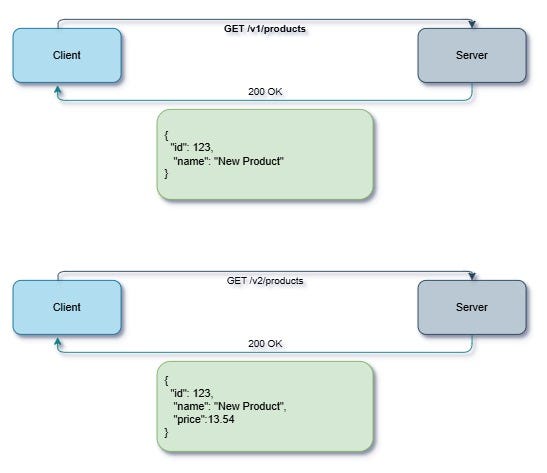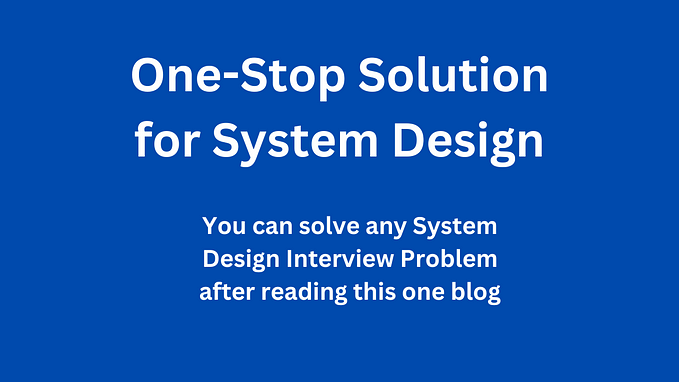Member-only story
Understanding the Five Different Types of Timeouts in Software Systems ⏳
Keep Your System Fast, Safe, and Responsive
If you’ve ever worked on a backend system, you know that timeouts are like the safety nets for your code.
They make sure things don’t get stuck waiting forever.
Whether you’re building APIs, handling large-scale requests, or just making sure your system is snappy and responsive, timeouts play a huge role.
So, let’s break down five key types of timeouts you’ll encounter: Connection Timeout, Read Timeout, Wait Timeout, Usage Timeout, and Response Timeout.
Knowing how they work will save you a lot of headaches, especially when things go wrong.
1. Connection Timeout 🚪⏰
Imagine you’re trying to open a door, but it’s stuck. You’re standing there, pulling the handle, and nothing’s happening.
How long are you willing to wait?
That’s basically what a connection timeout does for backend systems — it decides how long a client should wait when trying to establish a connection with a server.
What it does:
A connection timeout kicks in when the client (like your browser) tries to connect to a server but can’t within a…




